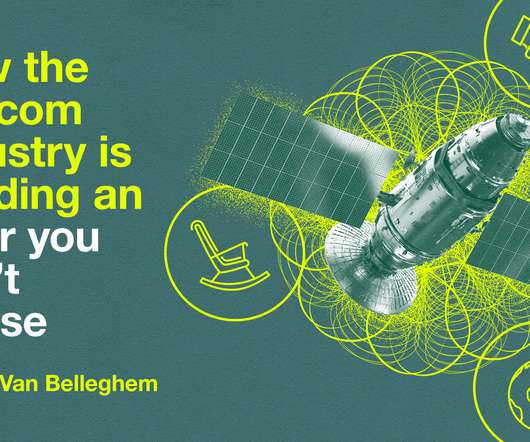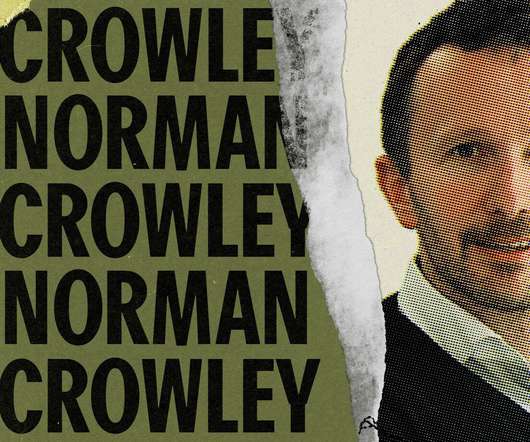How the telecom industry is building ‘an Offer You Can’t Refuse’
Steven Van Belleghem
NOVEMBER 16, 2020
The insurance policy covers several types of expenses: from medical, hospital, dental, accident to illness, medical evacuation and baggage location, plus cancellation or interruption of the trip. The insurance is offered around the world, with the exception of countries subject to economic sanctions by the UN or the Brazilian government.












Let's personalize your content